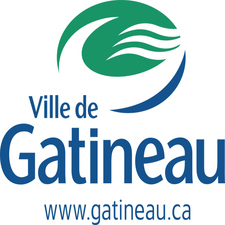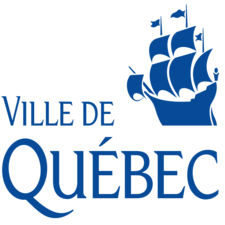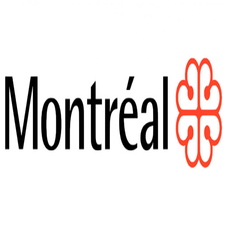Decoupage
Type of resources
Topics
Keywords
Contact for the resource
Provided by
Formats
Representation types
Update frequencies
status
-

Administrative division**This third party metadata element was translated using an automated translation tool (Amazon Translate).**
-

Mapping of industrial areas on the territory of the City of Longueuil.**This third party metadata element was translated using an automated translation tool (Amazon Translate).**
-

Mapping of municipal zoning boundaries.**This third party metadata element was translated using an automated translation tool (Amazon Translate).**
-

The municipal zoning boundaries of the City of Longueuil are used for the purposes of managing urban planning regulations.**This third party metadata element was translated using an automated translation tool (Amazon Translate).**
-

Electoral districts in the territory of Lévis**This third party metadata element was translated using an automated translation tool (Amazon Translate).**
-

Map indexes are grids that divide the territory into several sheets for the whole of Quebec. The use of these indexes allows the identification of a map sheet number for a specific territory at the scale of 1/2,000, 1/20,000 and 1/100,000. The cartographic indexes come from the Quebec cartographic reference system (S.Q.R.C), which divides the territory into hierarchical units and at different scales (1/100,000, 1/20,000, 1/10,000, 1/10,000, 1/10,000, 1/10,000, 1/10,000, 1/5,000, 1/5,000, 1/5,000, 1/1,000). This system is compatible with the [**National Cartographic Reference System (S.N.R.C) **] (https://ressources-naturelles.canada.ca/sciences-terre/geographie/information-topographique/cartes/9766).**This third party metadata element was translated using an automated translation tool (Amazon Translate).**
-

SQRC grid (Quebec Cartographic Reference System) at a scale of 1:500 and 1:1000 of Montreal Island. The dxf file contains an underlying layer of streets for better location.**This third party metadata element was translated using an automated translation tool (Amazon Translate).**
-

Geospatial vector data for the division of properties in the agglomeration of Montreal containing general information on property assessment units, including the codification of use (CUBF), approximate dimensions and registration number. IMPORTANT: This division has no legal value and should not be confused with cadastral division.**This third party metadata element was translated using an automated translation tool (Amazon Translate).**
-

This file contains the breakdown of the twelve RUIs in Montreal in 2014. “The RUI is an intervention strategy that differs from sectoral urban, economic and social development strategies, by the objectives it pursues and the concerted and participatory approach that it favors. The ultimate objective of the approach is to significantly and sustainably improve the lot of residents of disadvantaged territories. Achieving this ultimate objective depends on the achievement of very diverse “intermediate” objectives that vary from territory to territory.” Source: City of Montreal**This third party metadata element was translated using an automated translation tool (Amazon Translate).**
-

This file contains the division of the 32 sociological districts in Montreal in 2014. The concept of sociological district does not refer to a formal administrative division. It illustrates Montreal territories (neighborhoods) identified and recognized by local actors on the basis of history, belonging and socio-community organization and the issues involved. Sociological districts are in particular linked to the reference territories of the local consultation tables.**This third party metadata element was translated using an automated translation tool (Amazon Translate).**
 Arctic SDI catalogue
Arctic SDI catalogue